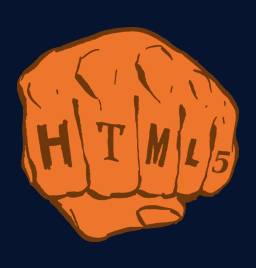It’s a gradual move that we see people make to the cloud. It may seem slow at times but it is happening. What moves it along are the incremental changes to applications that make the services just a little bit easier to use.

Here are three news items from this week that demonstrate how this shift is occurring. These news items have a common thread. All represent how Web operating systems (OS) flatten document formats for universal use and collaboration.
Google Docs Supports 12 New Formats
Heavy Google Docs users know that not all file types can be imported into Google Docs. There’s always some way around the problem but the formatting is usually lost in some manner.
Google Docs now supports 12 new file types that should lessen the issue to some extent.
- The new file types include:
- Microsoft Excel (.XLS and .XLSX)
- Microsoft PowerPoint 2007 / 2010 (.PPTX)
- Apple Pages (.PAGES)
- Adobe Illustrator (.AI)
- Adobe Photoshop (.PSD)
- Autodesk AutoCad (.DXF)
- Scalable Vector Graphics (.SVG)
- PostScript (.EPS, .PS)
- TrueType (.TTF)
- XML Paper Specification (.XPS)
Turn Your Tablet into a PC
This week, the Laptop Magazine blog reviewed a service designed for the new Honeycomb tablets. Quickoffice for Honeycomb uses the wide screen capabilities of the tablet as it runs the Android 3.0 operating system.
The Quickoffice service abstracts the formats in Microsoft Office, allowing documents to be edited on mobile devices. A lot of talk at the Mobile World Congress was about the Web operating system for mobile devices. My view is that formats are an example of the breakdown in hierarchical systems that has lead us to the new Web operating systems such as Hewlett-Packar’s WebOS and the Google Chrome OS.
The Laptop blog reviews a few of the capabilities that come with Quickoffice:
For example, the file manager which appears when you first launch the app is a three-paned menu with a list of both local and cloud-based storage drive son the left, a list of files and folders in the center, and the files in the currently selected folder on the right.
In the Quickpoint presentation editor, a panel on the left allows you to scroll through the list of slides in your presentation and reorder them by tap and dragging. In the Quickword document editor, you can see a list of thumbnails of the next and previous pages while you finger scroll and a context menu in the top bar changes to allow contextual search or formatting when you highlight a piece of text. The Quickpoint spreadsheet editor is also impressive, as it includes 140 formulas built in and the ability to handle multiple worksheets.
Crocodoc Launches HTML5 Viewer
Crocodoc launched an embeddable HTML5 document viewing and collaboration tool this week. The HTML5 viewer replaces its Flash-based viewer. The company is seeking to disrupt Adobe in the PDF editing and document collaboration space.
Adobe is a classic example of a company that can be disrupted in this new innovation cycle. Crocodoc is further extending its reach by offering a new partner program. Yammer, for instance, will be integrating the Crocodoc service into its product.
Formats for a Desktop Age
Looking at these announcements, you get the sense of what happens when older technologies become less useful. We talk a lot about the rate of change and how it takes longer than we think for trends to take footing. The online editing space has gone through a number of iterations over the past few years. In the process, the usefulness of services like Google Docs has lead to a shift that is affecting millions of people who just need an easier way to get things done.
We will see formats flatten to fit the needs of users who want the simplicity of the Web OS. We’re in a different time now. It’s more about group collaboration than the singular task of creating documents for the purposes of one-way communication.










